Kimu foods

This will be a brief overview of Kimu Foods, a recipe-based grocery delivery app. I will mostly go over the current architecture as well as my plans for it.
Overview
Kimu Foods is built using three distinct technologies that serve different purposes. For the backend, I decided to use a GraphQL Apollo Server with Node.js. The web client is built with Next.js, though I am considering switching to Svelte. The mobile client is developed using Flutter.
Backend
For the backend, I tried three different tools to implement a GraphQL API. I began with Go, and with the help of the gqlgen library, I was able to spin up a server that returned GraphQL responses.
package main
import (
"bytes"
"io"
"log"
"net/http"
"os"
"kimu_backend/cmd/app/resolvers"
"kimu_backend/config"
"kimu_backend/graph"
"github.com/99designs/gqlgen/graphql/handler"
"github.com/99designs/gqlgen/graphql/playground"
_ "github.com/lib/pq"
)
const defaultPort = "4000"
func main() {
port := os.Getenv("PORT")
if port == "" {
port = defaultPort
}
db, err := config.ConnectDB()
if err != nil {
log.Fatal(err)
}
defer db.Close()
resolver := &resolvers.Resolver{DB: db}
srv := handler.NewDefaultServer(graph.NewExecutableSchema(graph.Config{Resolvers: resolver}))
http.Handle("/playground", playground.Handler("GraphQL playground", "/query"))
http.Handle("/", logRequestsMiddleware(srv))
log.Printf("server running on http://localhost:%s/ 🚀🚀", port)
log.Fatal(http.ListenAndServe(":"+port, nil))
}
func logRequestsMiddleware(next http.Handler) http.Handler {
// Open or create the log file
logFile, err := os.OpenFile("logs/requests.log", os.O_APPEND|os.O_CREATE|os.O_WRONLY, 0644)
if err != nil {
log.Fatalf("Failed to open log file: %v", err)
}
// Create a new logger that writes to the file
logger := log.New(logFile, "", log.LstdFlags)
return http.HandlerFunc(func(w http.ResponseWriter, r *http.Request) {
// Log the request method and URL
logger.Printf("Request: %s %s", r.Method, r.URL.Path)
// Read and log the request body
if r.Body != nil {
body, err := io.ReadAll(r.Body)
if err == nil {
logger.Printf("Request Body: %s", string(body))
// Replace the body so the handler can still read it
r.Body = io.NopCloser(bytes.NewReader(body))
} else {
logger.Printf("Error reading body: %v", err)
}
}
// Call the next handler
next.ServeHTTP(w, r)
})
}
Next, I tried using Ktor with Kotlin
package ke.kimu
import io.ktor.server.application.*
import io.ktor.server.routing.routing
fun main(args: Array<String>) {
io.ktor.server.netty.EngineMain.main(args)
}
fun Application.module() {
install(GraphQL) {
schema {
packages = listOf("ke.kimu")
queries = listOf(
KimuQuery()
)
}
}
routing {
graphQLPostRoute()
graphiQLRoute()
graphQLSDLRoute()
}
}
class KimuQuery : Query {
fun kimuTest(): KimuTest = KimuTest("Kimu test", "here here")
}
data class KimuTest(val name: String, val location: String)
I enjoyed using both languages/tools, but the main issues I faced were likely due to my lack of familiarity with the technologies. Starting with Go, I ran into difficulties when implementing complex queries and mutations. Since I had only beginner-level experience, my problem-solving skills in this context weren’t strong. Another challenge that threw me off was having to write SQL queries for my resolvers, as I didn’t see this as a viable long-term solution.
// Recipes is the resolver for the recipes field.
func (r *queryResolver) Recipes(ctx context.Context) ([]*models.Recipe, error) {
rows, err := r.DB.Query(`SELECT id, "recipeName", "categoryName", duration, people, description, amount, "imageUrl", instructions FROM "Recipe"`)
if err != nil {
return nil, err
}
defer rows.Close()For Ktor and Kotlin, my inexperience again became a challenge, as I wasn’t able to efficiently implement my ideas. Another frustration was working with Exposed to manipulate my database I had issues getting it to work with GraphQL. I will probably build another project using Ktor, as I really like the tool.
Apollo Node.js
I decided to work with Apollo and Node.js for my backend, using a PostgreSQL database with Prisma as the ORM.
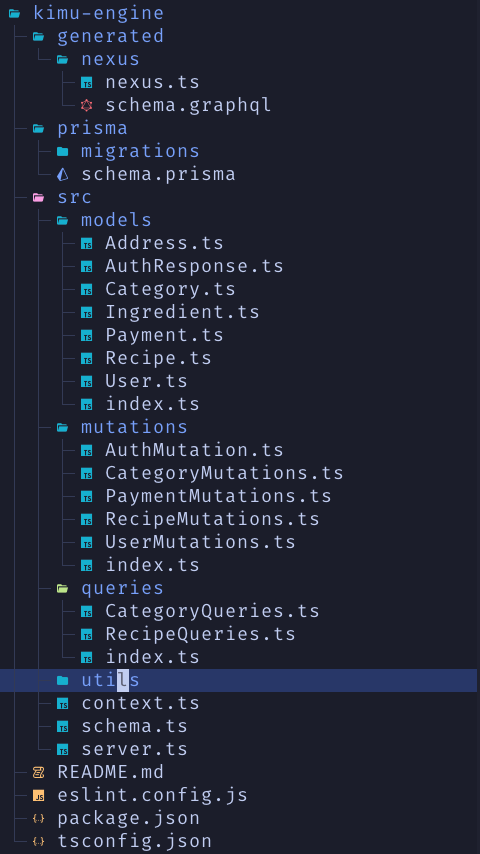
I chose a code-first approach with Nexus over a schema-first one, as it provided a simpler way to keep my types in sync from Prisma through to my queries and mutations.
Web client
The web client is a Next.js app. Currently, it only has a landing page, but my goal is to add the admin functionality here.
Mobile client
The mobile client is built with Flutter, as I wanted a cross-platform application right out of the box. Here are a couple of screens from the app.
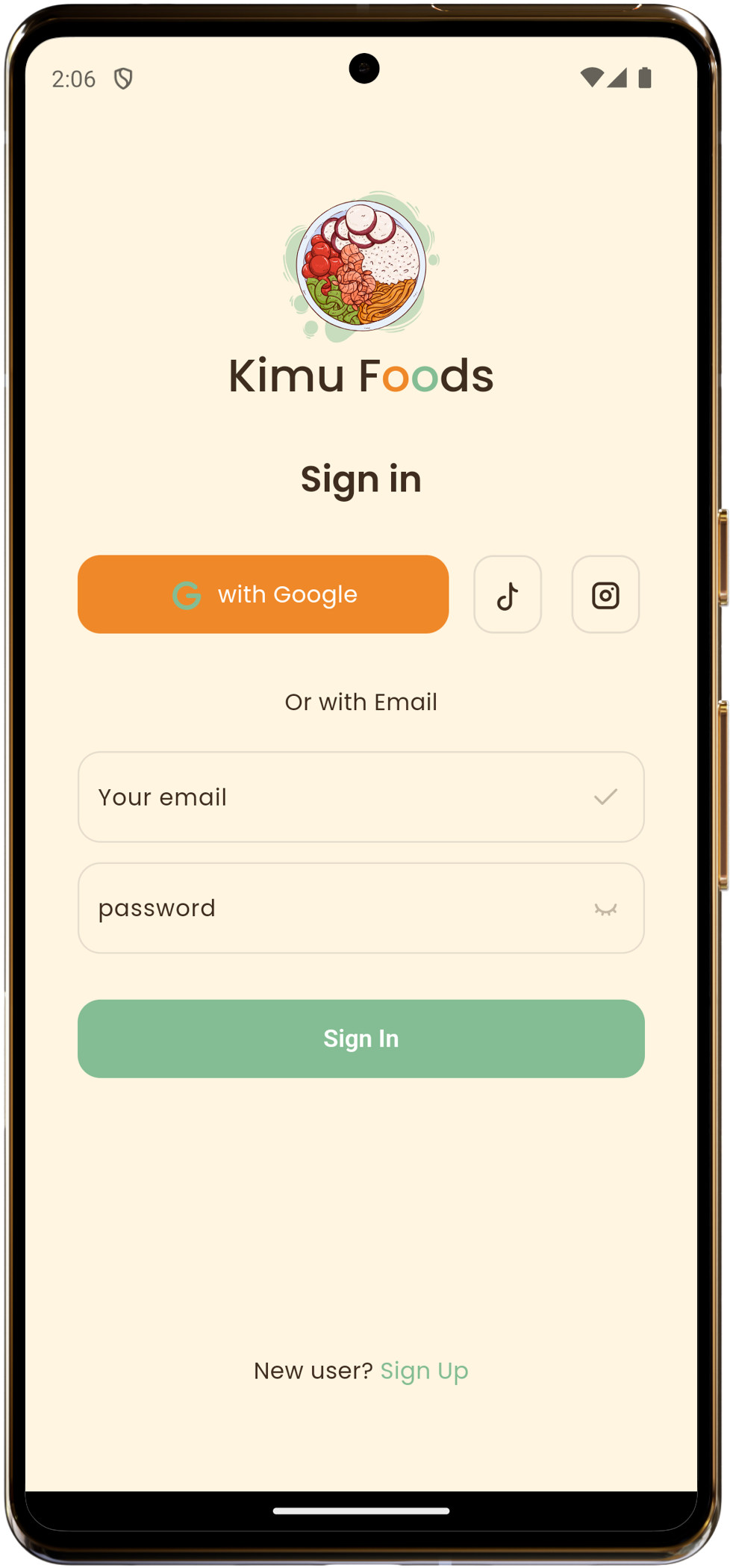 | 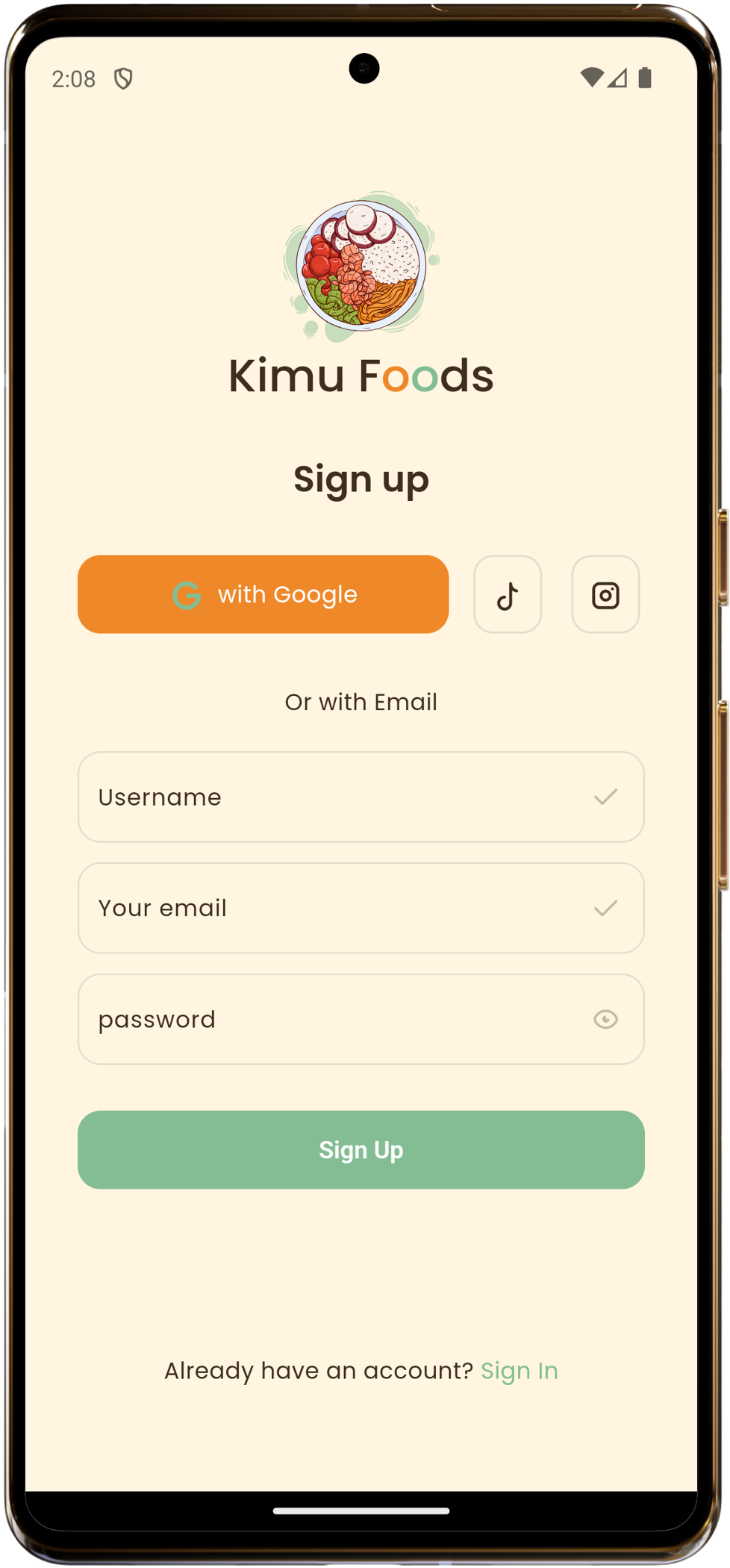 |
|---|---|
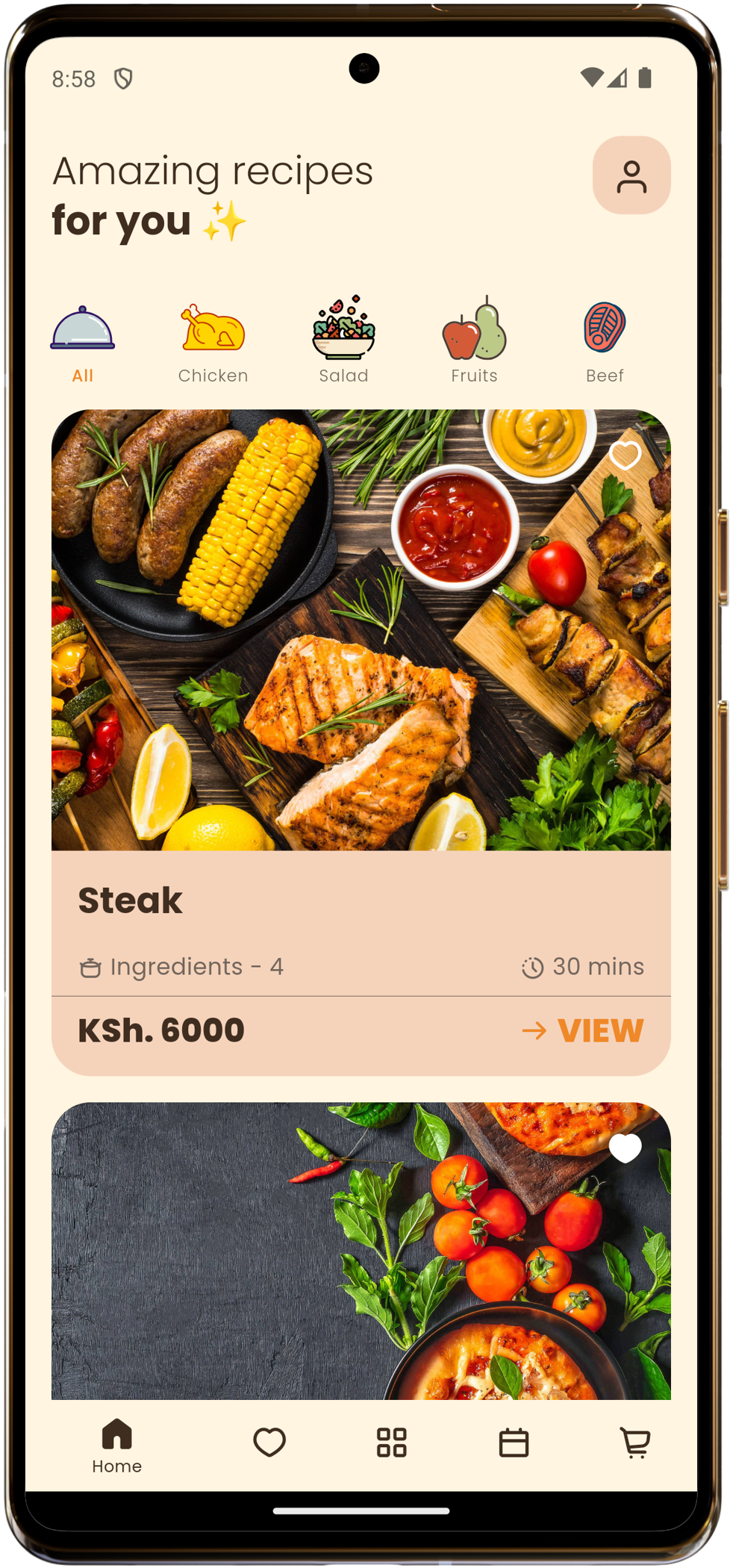 | 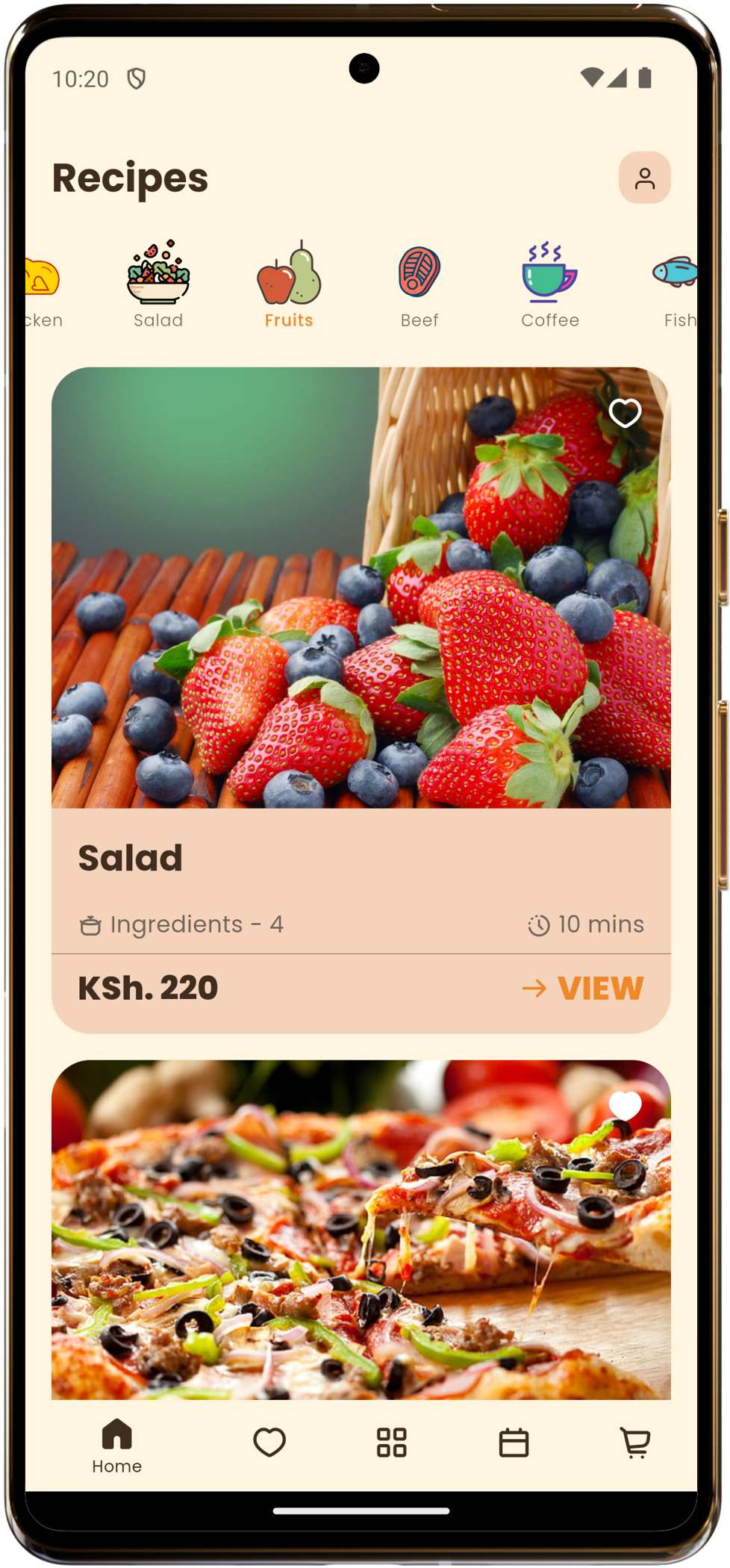 |
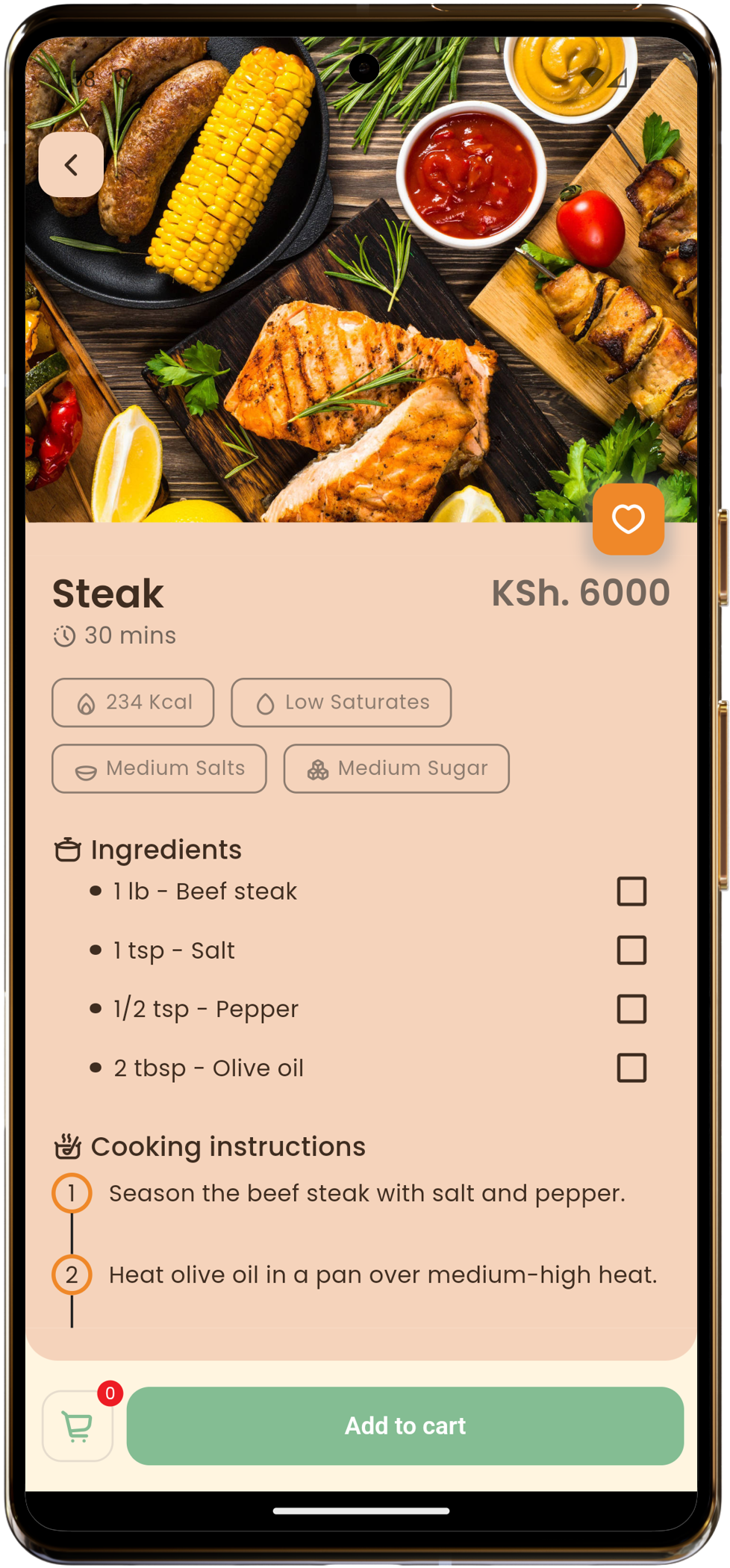 | 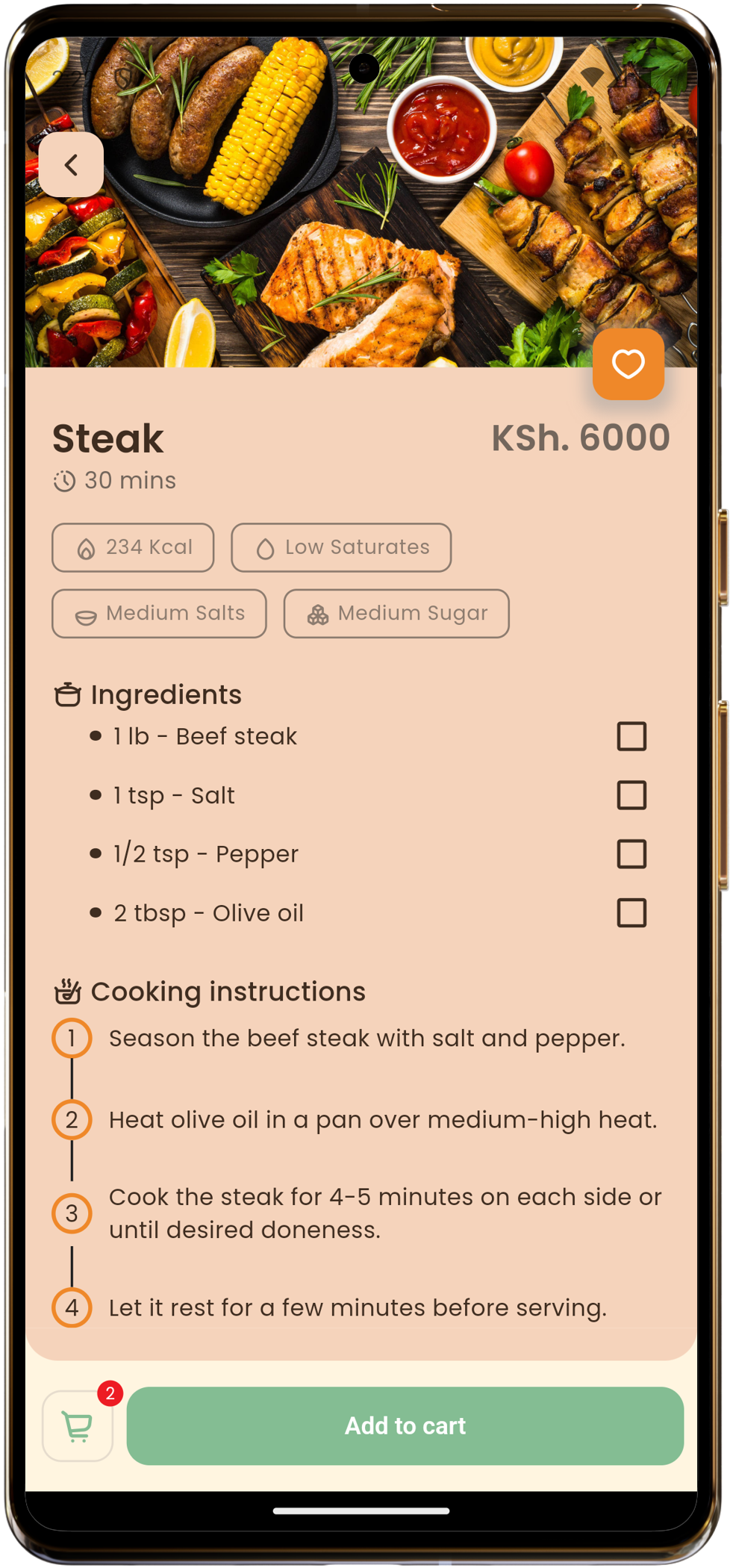 |
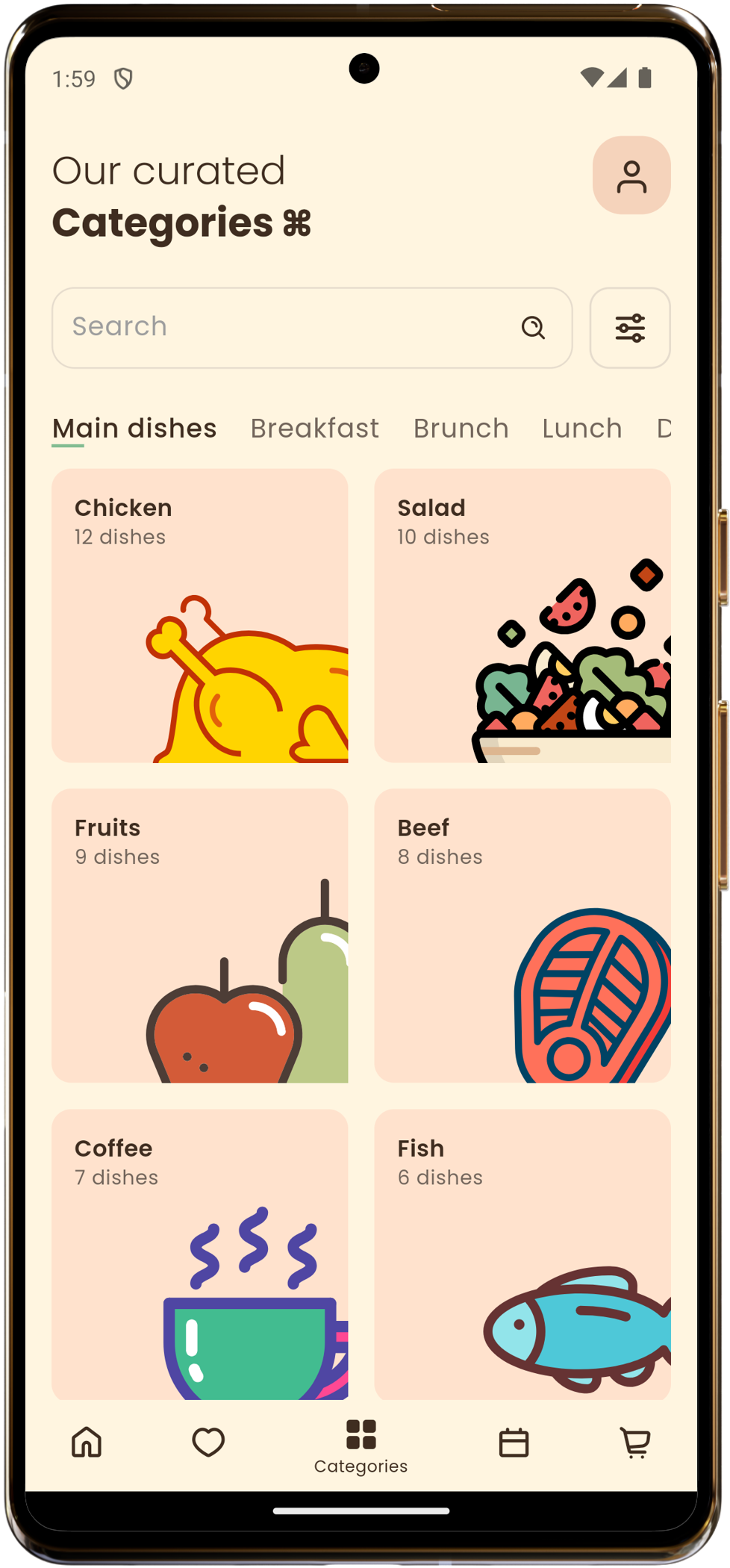 | 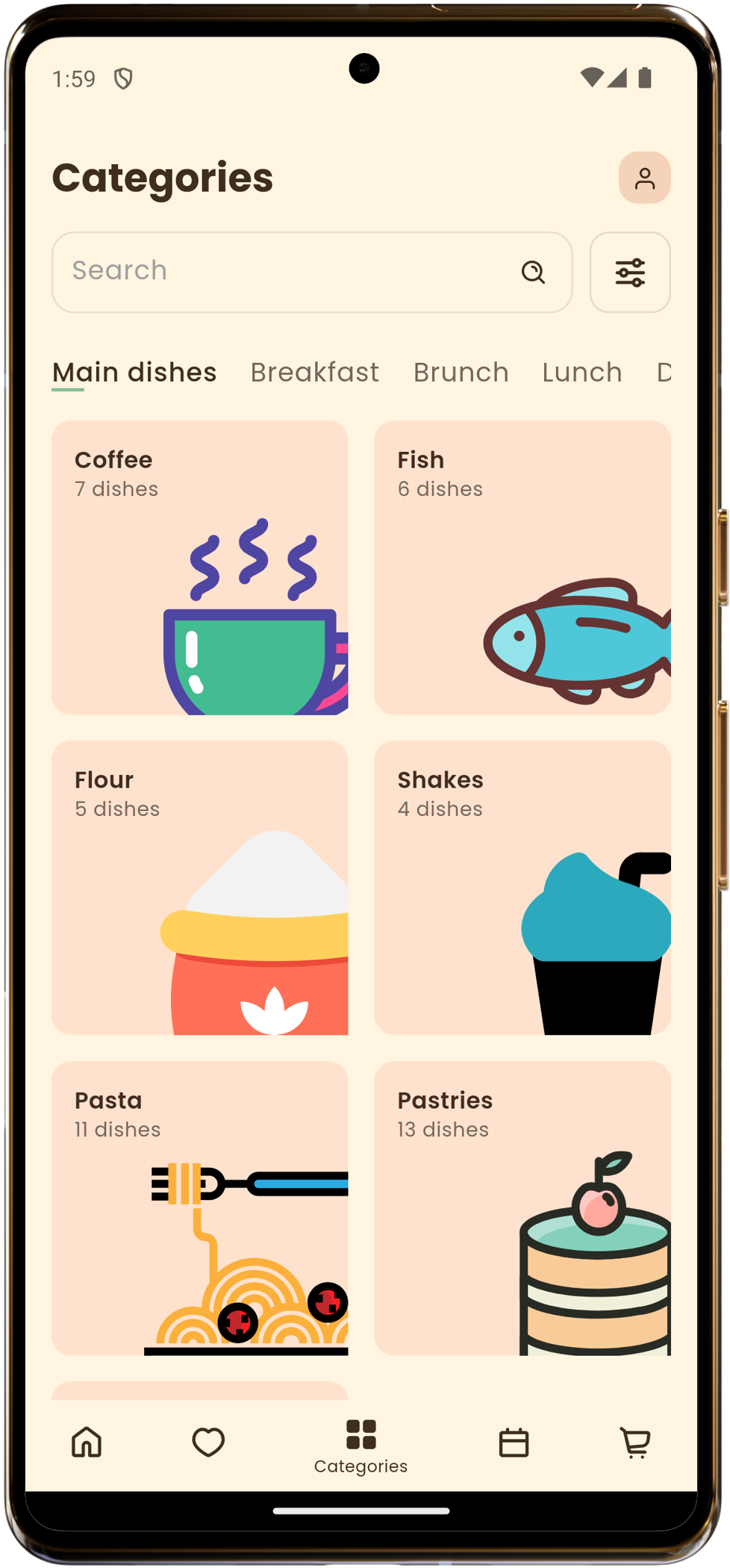 |
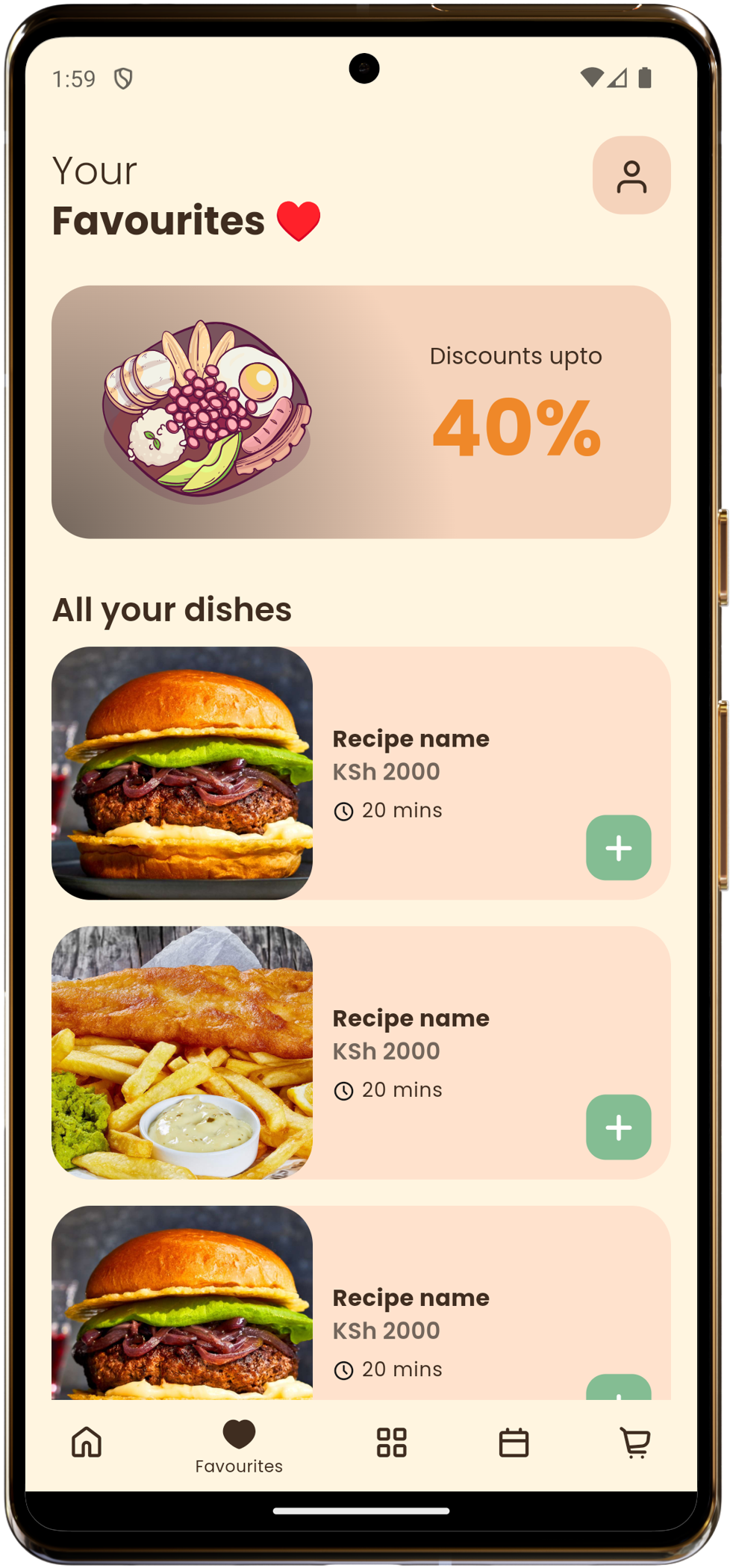 | 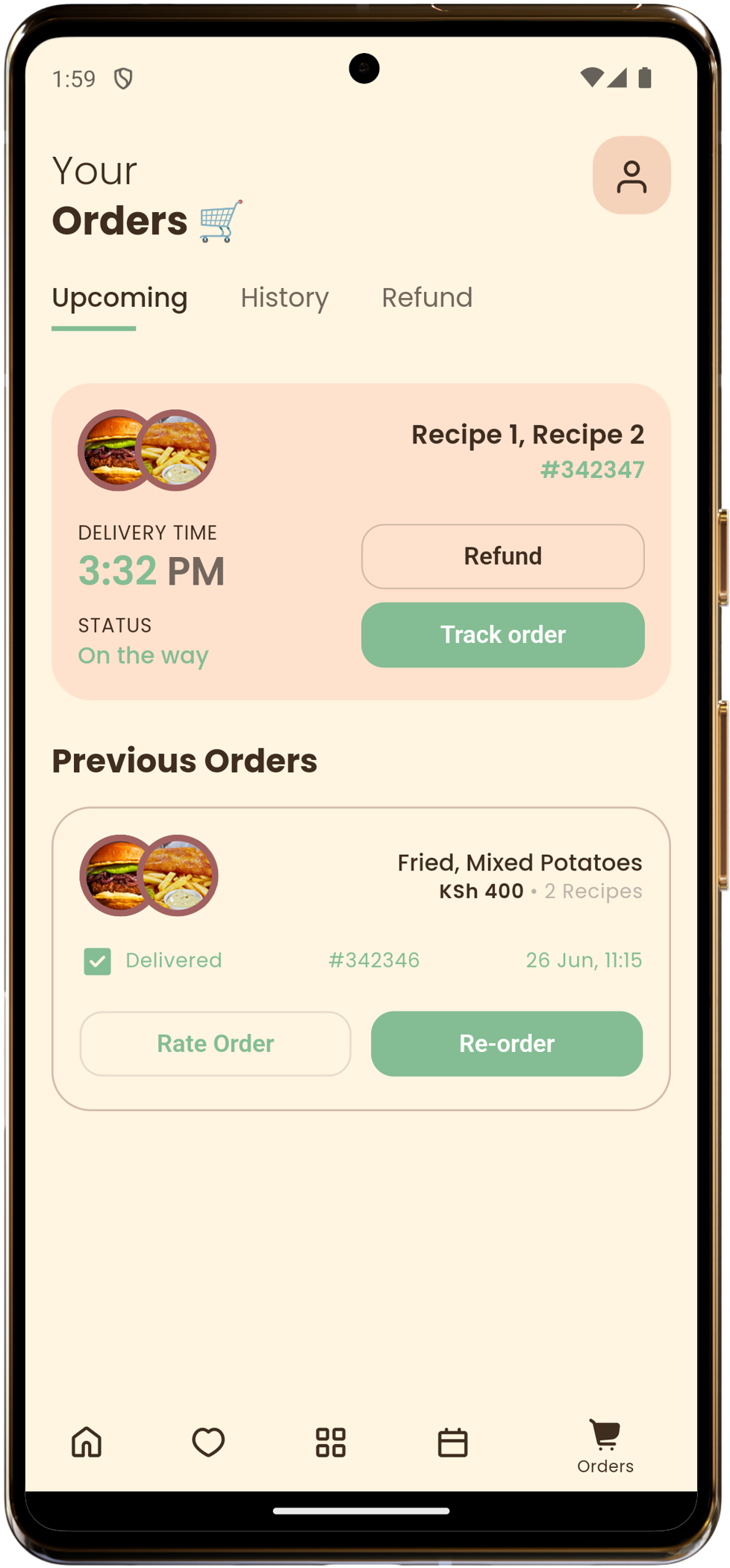 |
 | 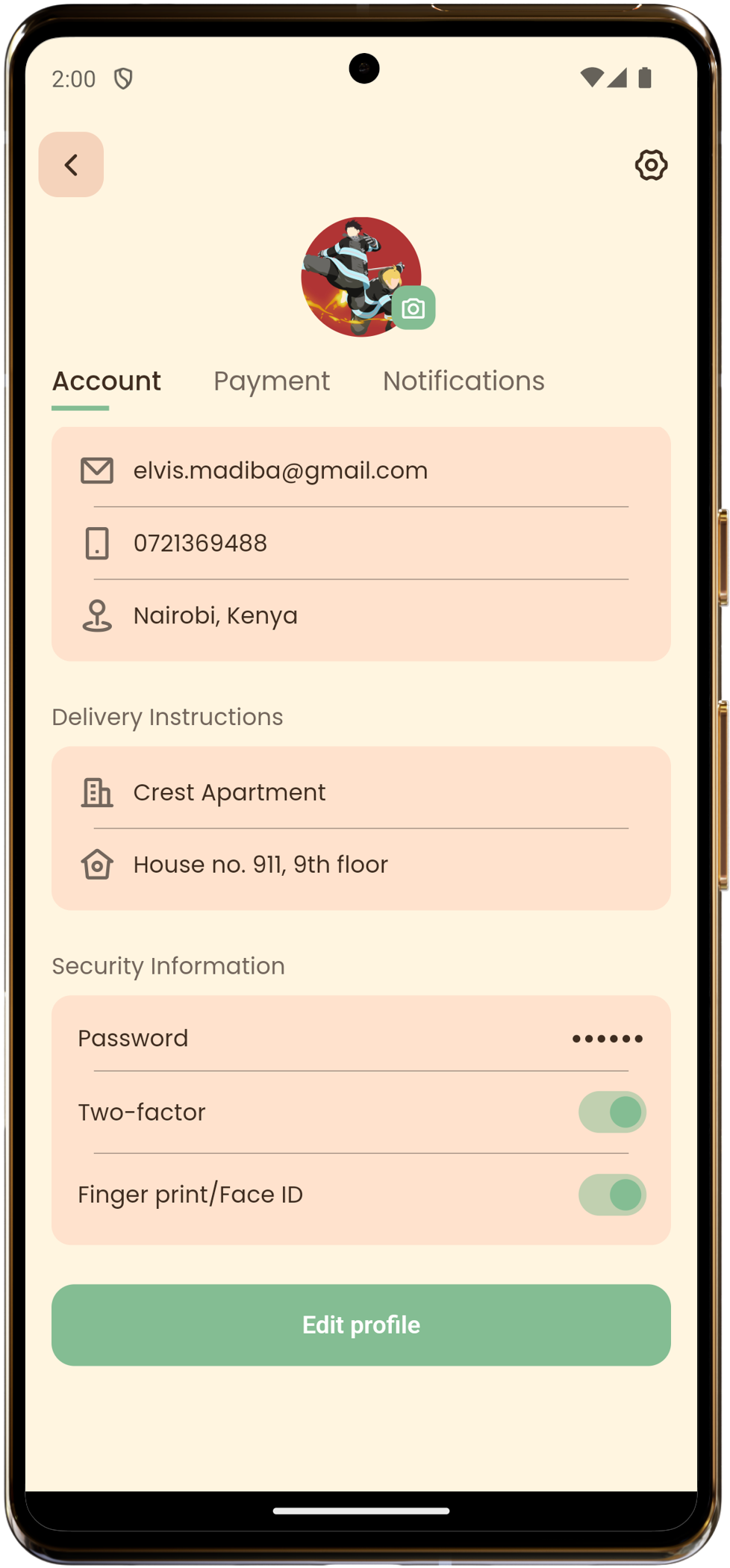 |
Conclusion
This article and application are still works in progress, and I will update the article as I continue development.